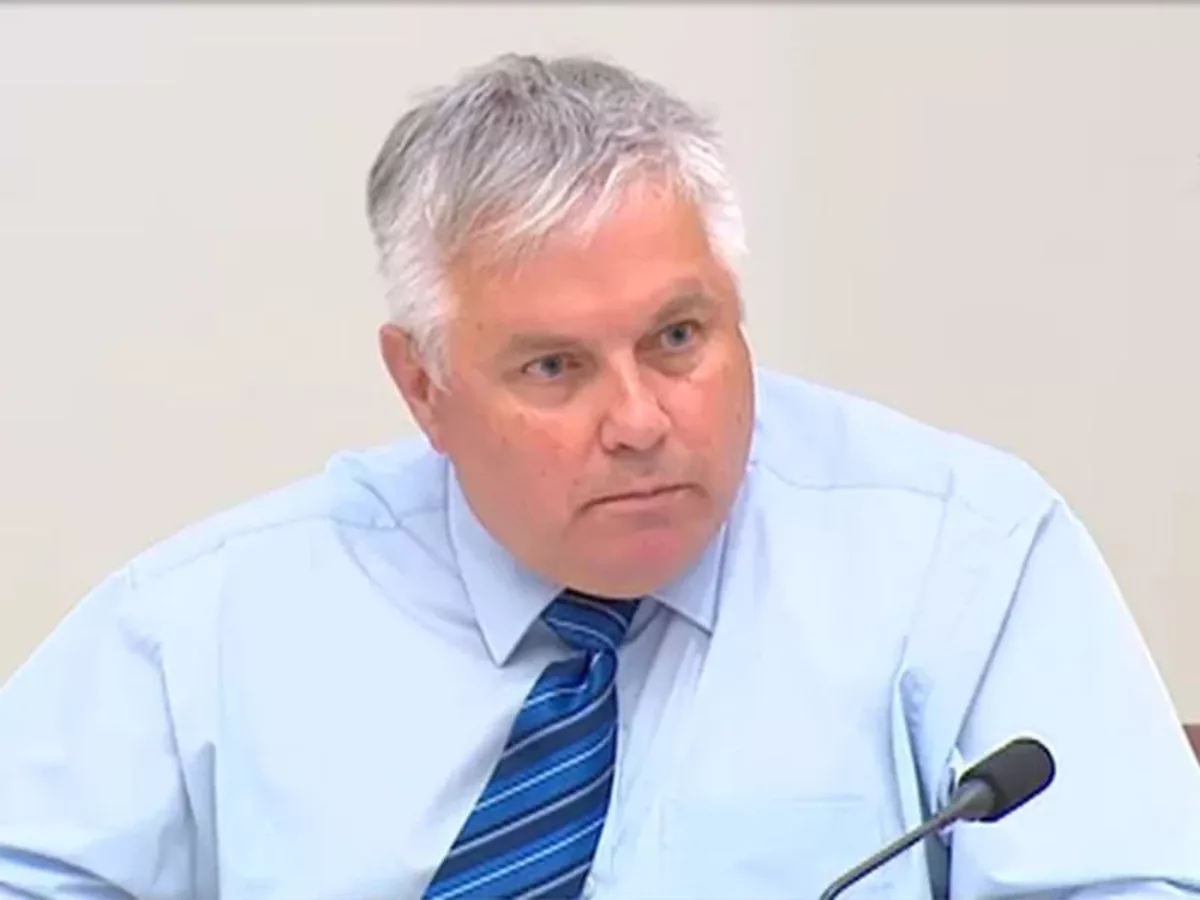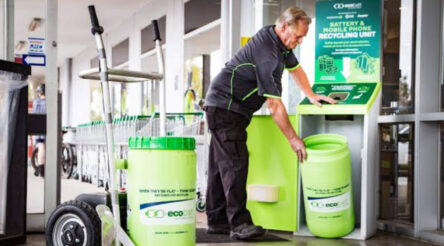Defence’s industry programs ‘simply not good enough’

By Joseph Brookes
Fewer than five per cent of projects funded by federal government’s flagship Defence innovation programme have gone on to export success, and just seven per cent have been close to acquisition by Australian defence forces in the past six years.
The low translation rates are despite $441 million being poured into the projects by Defence during that time, and are a part of a downward trend in success rates since programmes were established more than 20 years ago.
The return is “simply not good enough”, according to South Australian independent senator Rex Patrick (pictured), who uncovered the information, while the local defence industry says companies need more strategic support from the government.
Defence industry minister Melissa Price this week provided a breakdown of outcomes from Defence’s Capability and Technology Demonstrator (CTD) programme and its successor, the Defence Innovation Hub.
The programmes aim to invest in innovative technologies that can enhance Defence capability and grow the Australian defence industry and innovation sector.
The original CTD program ran from 1997 to 2016, funding 132 projects over 20 rounds with at least $155 million invested. Defence was unable to say how much was spent on the programme in its first decade due to “system changes” in 2007.
Some 14 of the 132 CTD projects resulted in a contract with a Defence acquisition program, including technologies like a mobile x-ray machine, a wide-band radio frequency receiver, and a maritime electronic warfare system.
Price said Defence does not have full visibility over which CTD projects were ultimately exported to foreign markets but is aware of at least eight doing so.
The program was rebranded in 2016 as the Defence Innovation Hub, with significantly more money invested by defence. But procurement and export rates have worsened.
In seven years, the Defence Innovation Hub programme has signed 233 contracts, including 10 which began as CTD projects, worth a total of $441 million.
Only 10 of the technologies funded through the current programme have been used by defence or are close to it. Only three have been confirmed to have been linked to overseas exports.
Patrick said he is supportive of defence funding local industry, but evidence suggest the flagship programmes have not been successful with procurement rates of around 10 per cent and five per cent each.
“There should be a plan. It’s apparent there is no plan other than to spend money and not looking past that spend,” he said.
The South Australian senator said industry’s ideas aren’t lacking and defence has the budget to support them, but the department needs to do a better job of matching the projects it funds to future programs and then guiding it to them.
“You need to have these programmes in mind when you start, and then you need to steward them all the way through until they’re actually in service,” Patrick said.
“Because the best outcome you can possibly get is a support contract. That really does keep industry alive and keep those skills going. And it allows then potentially for even further development.”
Australian Industry Defence Network chief executive Brent Clark said a more strategic approach with fully developed capability roadmaps and ongoing support from Defence would improve outcomes, both for Defence and for local companies.
“If you’re committing to develop technology in Australia, you can’t be ‘half pregnant’,” he said.
Too often the programs have helped a local company develop a technology to a market-ready level, only for defence to then look elsewhere or hand responsibility to a prime contractor, he said, making the programmes a “pointless exercise” in some cases.
“Part of the commitment [from Defence] should be if the technology is proved, and proven to be a technology that defence wants, that they do not then go to market for the [same] technology,” lark said. “Defence should be working with the company to do it.”
The low export rates are not surprising, Clark said, because if the technology is not being procured in Australia, it becomes “really difficult” to sell overseas.
“You’re already in a difficult position because you’re trying to sell defence equipment into a foreign country. If your own people won’t even buy it, it just makes it even tougher.”
Patrick said it was alarming the programs appear to be struggling despite the increased funding for the Defence Innovation Hub.
“It’s a case that I’m seeing more generally that government looks at success on the basis of programmes it announces and the expenditure associated with them, rather than looking at the execution and delivery of the programme.”
The office of Minister for Defence Industry Melissa Price was contacted for comment.
This story first appeared in InnovationAus
Picture: Senator Rex Patrick
Subscribe to our free @AuManufacturing newsletter here.
Topics Manufacturing News Technology
@aumanufacturing Sections
Analysis and Commentary Awards Defence Manufacturing News Podcast Technology Videos










